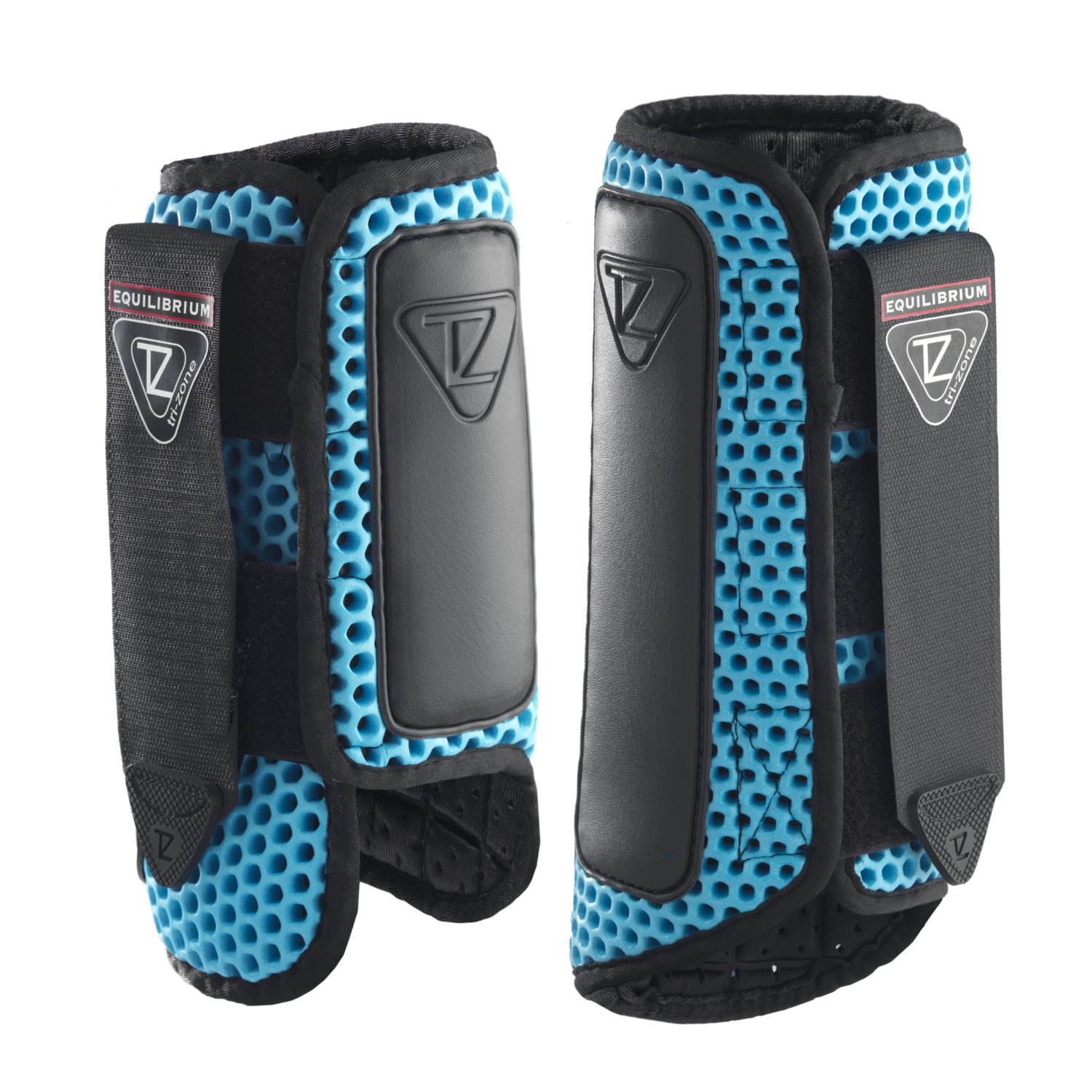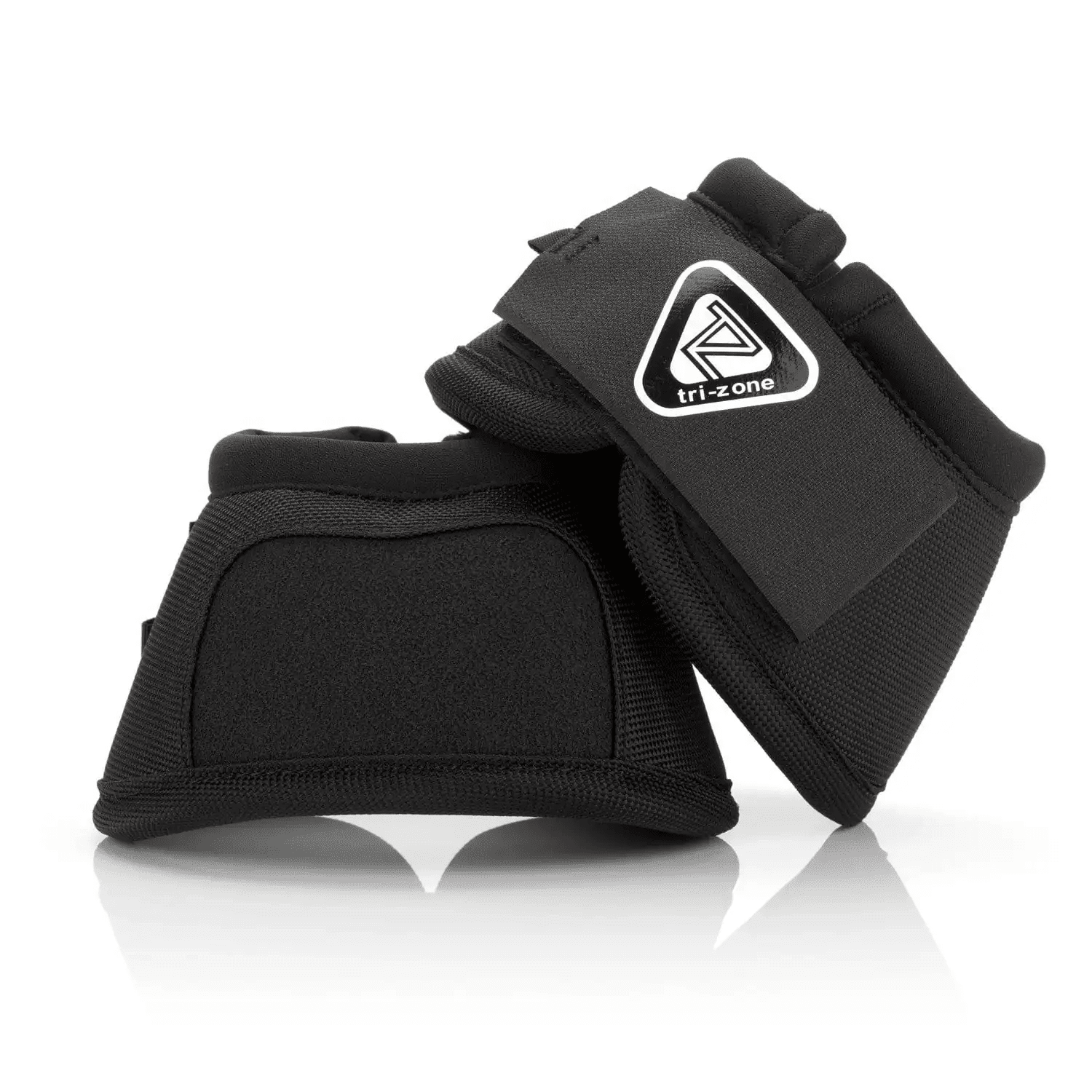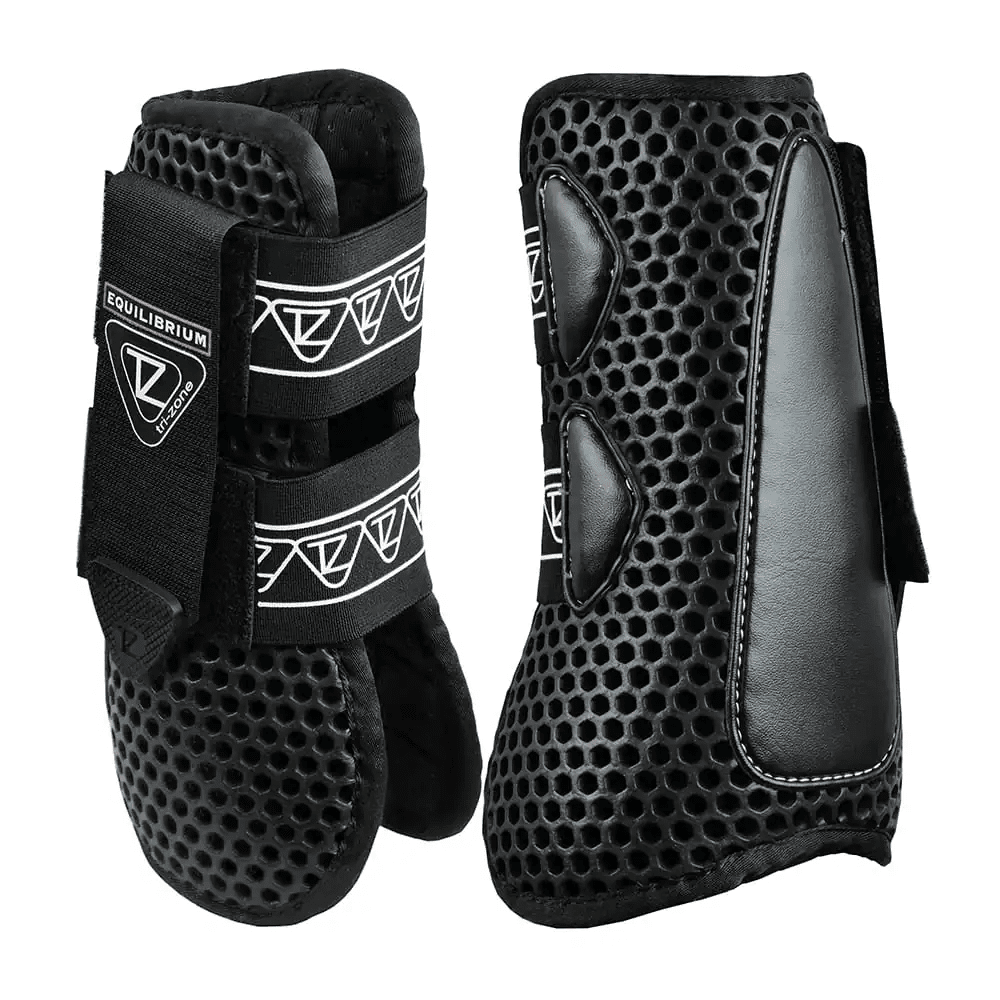1 year product guarantee
Free delivery on most orders over £40
Rated 4.9/5 stars on Feefo

Researched & tested products

Innovating for over 20 years!
Supporting Redwings Horse Sanctuary & Brooke
Feefo Gold Trusted Service Award Winner
Get more time to pay with Klarna
Are Your Boots Safety Tested? Here's why they should be!
Should horse boots be considered as safety equipment?
You must have heard of the phrase ‘no hoof, no horse’? Well, this could ring true for a number of other things too, such as their lower legs – one of the most common areas to be damaged or suffer from injury.
As riders, we protect our most vital areas (head and torso) with riding hats, body protectors and more recently air jackets. Rider protective equipment is subjected to extensive testing to meet standards and regulations.
We believe that protective boots for your horse’s legs should undergo a similar testing process, which is why we send our Tri-Zone Boots to be tested by an independent laboratory, before they go near a horses’ leg.
So what features should you be looking for in a pair of boots?
The primary function of a boot is protection. There is little evidence to suggest that boots can provide support, although boots are commonly sought out for this use too. The problem is, you can’t tell how protective a boot is, just by simply looking at it.
The only way to tell if a boot is protective enough is for it to be tested under controlled conditions, to forces that we can replicate (such as when a horse hits a fence, over reaches or strikes itself with another limb). There are some other factors to be considered too, which can potentially hinder performance or increase the risk of injury.
So what other features should be looked at?
Category
Equilibrium Blog, Horse Care & Equipment, Keeping your horse happy, Our Products, Tack Matters, WellbeingFlexibility or Stiffness
Rigid or inflexible boots have the potential to restrict joint movement, which in return can affect stride characteristics and performance, and possibly even compromise tendon function. Boots need to allow as much freedom of movement as possible while still providing enough protection.
Weight and Ability to Hold Water
The more weight added to a horse's leg, the more effort the horse will have to use to move that weight - resulting in unnecessary effort and wear and tear. It can also change the way the horse moves too. If the horse is likely to go through water, taking into consideration how much water will be held by the boot, will impact the weight on the horses' leg too.
Breathability and Insulation
Tendons naturally get warmer through the process of loading and unloading during exercise. The ideal boot would allow this heat to escape, instead of insulating it. It's a fairly well known concept, but also backed by research, that tendons are particularly sensitive to heat, and it can result in tendon damage and/or inflammation.
Fit of the Boot
The bot should of course be comfortable for the horse too - we know when we wear ill-fitting boots they can not only rub, but also cause you to change the way you move to try avoid the pressure the boot is putting on a certain area. A correct fit will also ensure debris and surface does not get underneath the boot to cause any irritation. Lastly, over-tightening of boots and/or bandages can cause restriction and rubbing too.
Our Unique 3-Phase Testing Process
Tri-Zone boots go through a 3-phase testing process, giving you the confidence that you are choosing the best leg protection for your horse. Materials are carefully selected to provide maximum protection but without being bulky, heavy and not make your horses legs hot and sweaty. Each individual layer in the Tri-Zone boot is researched and sourced for their advanced technical properties and tested in an independent laboratory before it goes anywhere near a horse's leg!
Shop Tested Boots
View all products-
 Tri-Zone Impact Sports Boots£74.99 – £79.99 View product
Tri-Zone Impact Sports Boots£74.99 – £79.99 View productTri-Zone Impact Sports Boots
High impact horse cross country boots, independently tested protection that…
-
 Tri-Zone Over Reach Boots£34.99 View product
Tri-Zone Over Reach Boots£34.99 View productTri-Zone Over Reach Boots
Tested, hard-wearing over reach boots for horses, specifically designed for…
-
 Tri-Zone Tendon Boots£59.99 View product
Tri-Zone Tendon Boots£59.99 View productTri-Zone Tendon Boots
The Equilibrium Tri-Zone Open Fronted Tendon Boots flexibly mould to…
